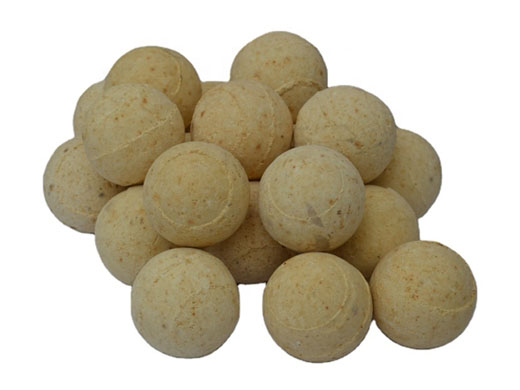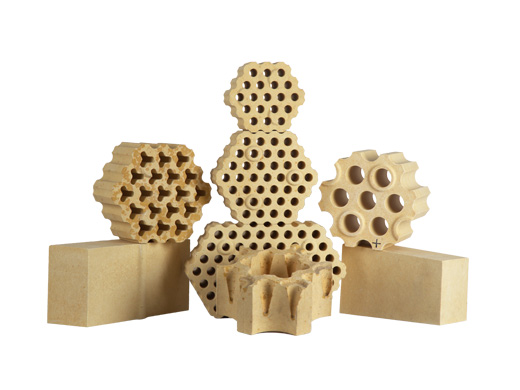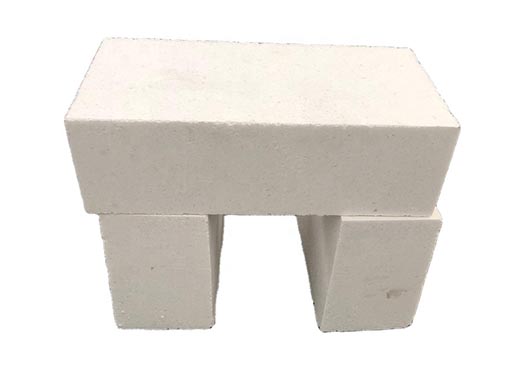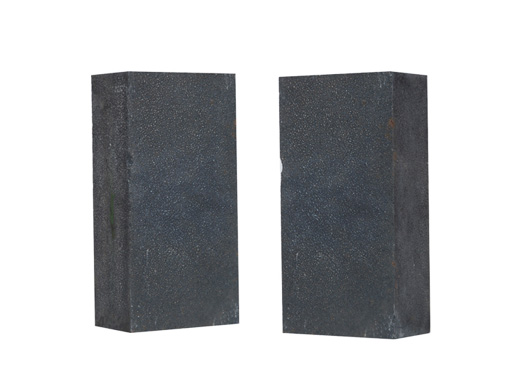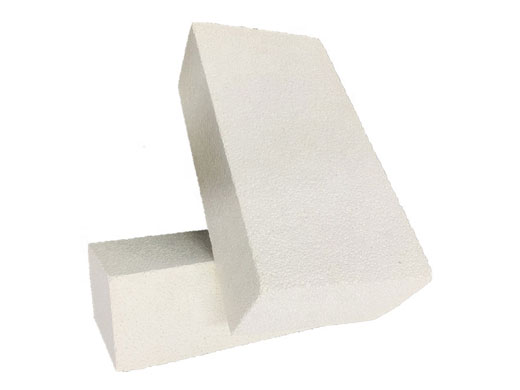Properties of spinel bricks for cement kilns
Industry news | Refractory Wiki | Refractory news | Enterprise news |Pericarpite-spinel bricks are referred to as spinel bricks. Switzerland first used spinel bricks in cement kilns as early as 1936. At that time, it was made of 3%~6% calcined alumina with sintered natural magnesia, more precisely it should be magnesia alumina brick; or 3%~6% sintered alumina, with low iron synthesis Magnesia is used to produce cheaper spinel bricks. Changing the fuel of cement kilns from oil to coal has a much less harmful effect on spinel bricks than on magnesia chrome bricks. The dependence on spinel bricks in the transition zone of large-scale coal-fired precalciner kilns has increased significantly. At present, among the alkaline bricks used in Japanese cement kilns, the amount of spinel bricks accounts for 1/3. inside the side transition zone.
In the ceramic, refractory, and electrical industries, spinel oxides are often used. It has the following characteristics: high melting point, such as MgAl2O4 is 2135 ℃, MgCr2O4 is 2180 ℃; ferromagnetic, such as FeFe2O4, MnFe2O4, etc.; conductivity, such as CoAl2O4, NiCr2O4, etc.; coloring (pigment), such as (Mg • Co) Al2O4 Neutral color, (Mg • Co) Cr2O4 green, etc.: light transmittances, such as the optical anisotropy of single crystal and light transmittance polycrystalline MgAl2O4.
The six important spinels in spinel minerals (see Table 9-3) are all cubic crystals (equiaxed crystals) at room temperature. Depending on the spinel composition, the unit cell side length is between Between 0.8066nm and 0.8374nm. Generally, the crystals are octahedral, and twin crystals are often formed on the (111) plane. The Mohs hardness is between 5.5 and 8.0. Other basic properties are listed in Table 1.
Newest
- 2023-07-31
Properties of silicon nitride and its application in refract···...
- 2023-07-31
Properties of silicon nitride and its application in refract···...
- 2023-07-31
Properties of silicon nitride and its application in refract···...
- 2023-07-31
Properties of silicon nitride and its application in refract···...
- 2023-07-31
To explore the application of magnesia carbon brick in refra···...
Solution
- 2022-11-22
The technical requirements and production processes of fused···...
- 2022-09-06
Price Determinants of high alumina fire bricks...
- 2022-08-30
Technical performance and technology of silica mullite brick···...
- 2022-08-27
Refractory materials in various parts of the furnace and pre···...
- 2022-08-23
Magnesite chrome brick composition process classification...
